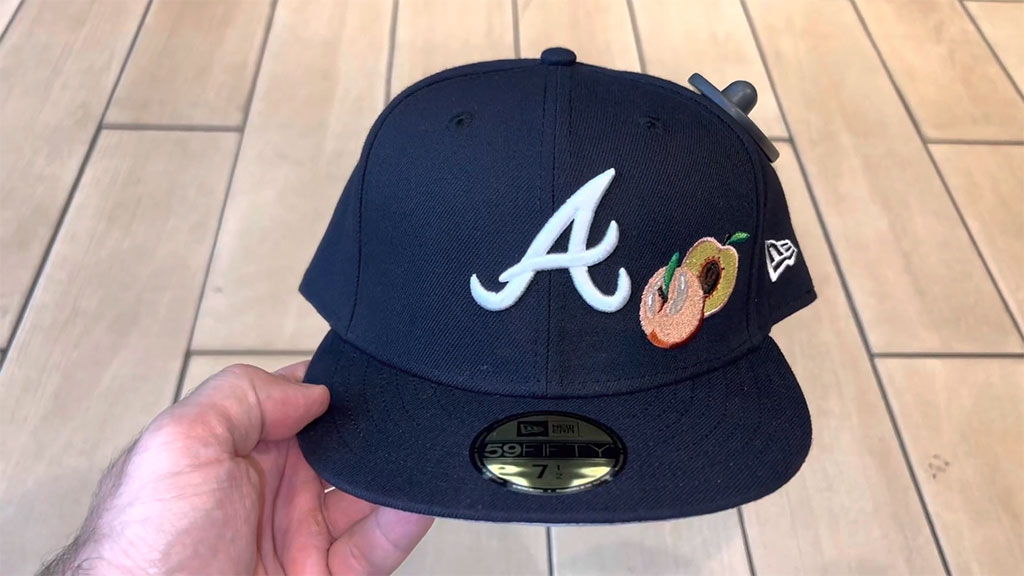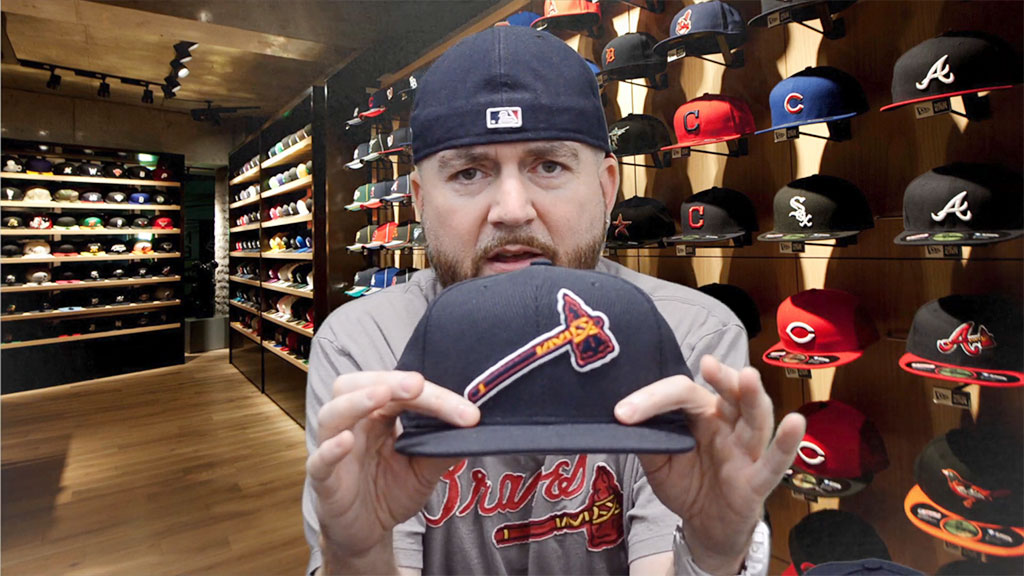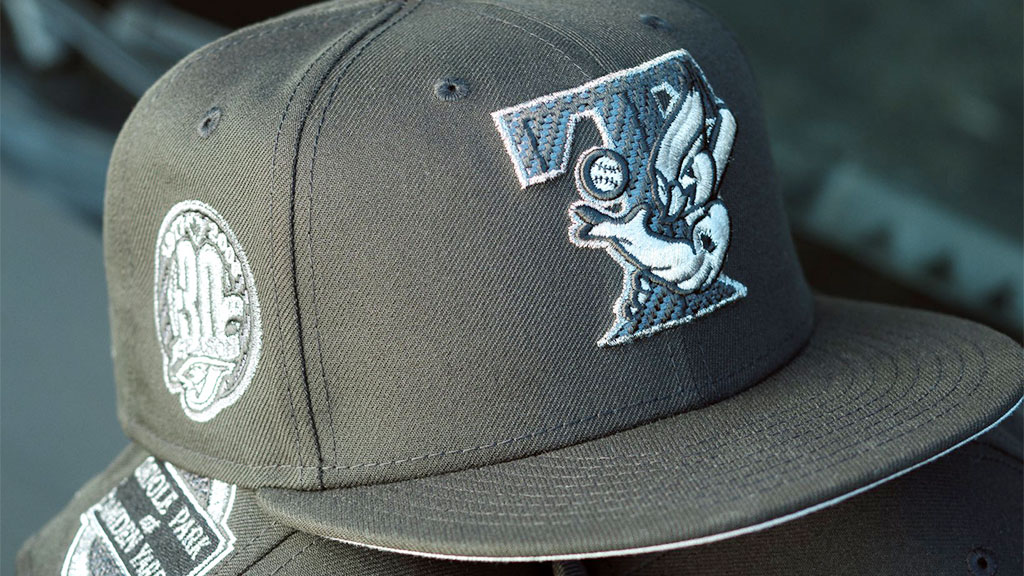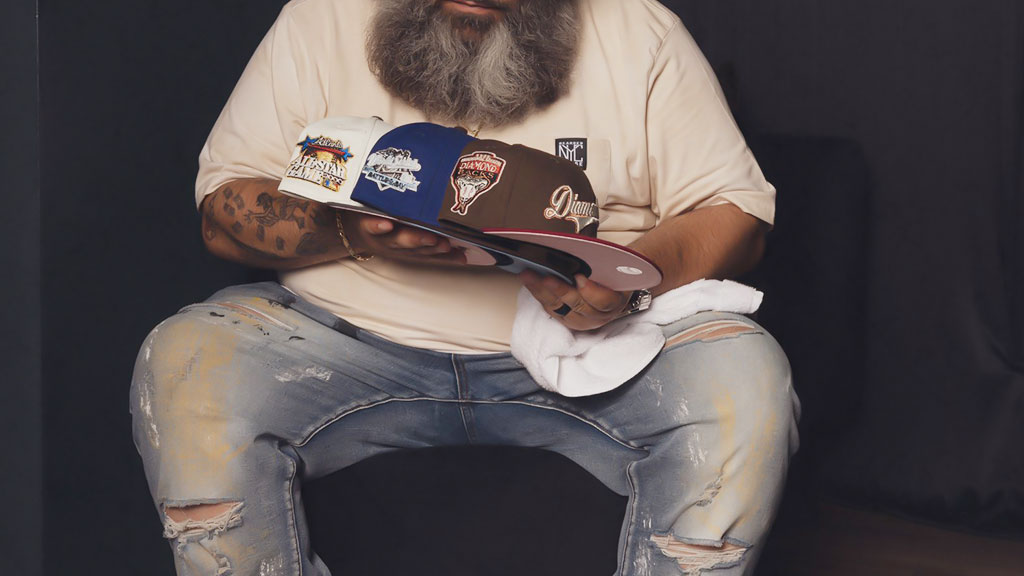Exploring the rich history of Boston Braves hats unveils a fascinating journey through time, reflecting the evolution of sports fashion and team pride.
From the early days of the franchise to its relocation and rebranding, each hat tells a story of tradition and change in the world of baseball apparel.
Delving into the archives of Braves headwear reveals not just a piece of clothing, but a symbol of loyalty and passion for fans and collectors alike.
With iconic logos and designs that have stood the test of time, Boston Braves hats have become more than just a fashion statement; they represent a connection to a storied past and a beloved team.
From classic styles to modern interpretations, each hat encapsulates a chapter in the team’s history, making it a must-have for enthusiasts and historians looking to preserve the legacy of the Boston Braves.
Early Years of Boston Braves Hats

In the early 20th century, the Boston Braves hats underwent significant changes that reflected the team’s evolving identity and style.
1914: Initial Designs and Materials
In 1914, the Boston Braves introduced their first official team hat featuring simple designs and basic materials such as wool.
These early hats were more functional than fashionable, emphasizing durability on the field over intricate designs.
The initial Boston Braves hats laid the foundation for future styles by focusing on practicality and team branding.
During the 1920s, the Boston Braves embraced the concept of logo caps, marking a shift towards greater visibility and brand recognition.
The introduction of logo caps allowed fans to proudly display their allegiance to the team, creating a sense of unity and pride.
Logo caps became a staple in the Boston Braves’ merchandise lineup, signifying a new era of fan engagement and team representation.
Transition and Evolution in the 1930s

In the 1930s, the evolution of Boston Braves hats continued, reflecting the changing trends and demands of the sports industry.
1934-35: Changes in Manufacturers
During 1934-35, the Boston Braves hats saw significant changes in manufacturers. This era marked a shift in the sourcing and production of the hats, aiming to improve quality and design.
The collaboration with new manufacturers brought fresh perspectives to the creation process, enhancing the aesthetics and functionality of the hats.
These changes led to a notable increase in the durability and overall appeal of the Boston Braves hats.
The new manufacturers introduced innovative techniques that set the hats apart, making them highly sought after by fans and collectors alike.
1936-37: Introduction of New Materials
In 1936-37, the Boston Braves embraced the introduction of new materials in hat production. This period witnessed advancements in fabric technology, enabling the incorporation of innovative materials that enhanced comfort and durability.
The use of cutting-edge materials not only improved the performance of the hats on the field but also added a modern touch to the team’s apparel lineup.
1946-47: Design Variations and Sponsor Changes

The 1946-47 NHL season was a pivotal period marked by significant design variations and sponsor changes, reflecting broader shifts in the sport and its commercial landscape.
Here’s an in-depth look at these developments:
Updated Aesthetics
The years 1946-47 witnessed notable design variations in Boston Braves’ hats, emphasizing sleeker profiles and bolder color contrasts. These changes aimed to appeal to a wider audience and align with evolving fashion trends.
Manufacturers experimented with different materials, such as wool blends, to enhance comfort and durability, catering to the needs of both players and fans alike. These innovations marked a significant shift in the Boston Braves’ hat design during that period.
Strategic Sponsorships
During this period, the team strategically collaborated with new sponsors, leading to innovative branding opportunities on the hats.
Sponsor logos were tactfully integrated into the designs, marking a shift towards more interactive fan engagement.
This move not only increased revenue streams for the team but also enhanced the overall fan experience, creating a more dynamic and engaging atmosphere during games.
Historic Transition
The 1946-47 hat designs marked a historic transition for the Boston Braves, reflecting a blend of traditional aesthetics with modern influences. This transitional phase laid the foundation for the team’s future hat designs and sponsorship strategies.
Moving forward, the Boston Braves continued to innovate their hat designs, incorporating unique elements that set them apart from other teams in the league. This evolution in branding and style solidified the team’s identity within the baseball community.
Innovative Embellishments
In the late 1940s, Boston Braves’ hats featured iconic designs that combined innovative embellishments with classic elements.
These designs incorporated intricate detailing, such as unique stitching patterns and textured fabrics, setting them apart from conventional baseball headwear.
Boston Braves’ hats from the late 1940s showcased innovative embellishments and intricate detailing, like unique stitching patterns and textured fabrics, making them stand out in the world of baseball headwear.
Cultural Significance
The late 1940s hat designs held cultural significance, symbolizing the team’s resilience and resilience during a transformative period in American history.
The hats became iconic representations of the team’s spirit and determination, garnering admiration from fans and enthusiasts alike.
The Boston Braves’ hat designs from the late 1940s not only symbolized the team’s resilience but also captured the essence of a transformative era in American history.
These iconic hats were admired by fans and enthusiasts for embodying the team’s spirit and determination.
Enduring Legacy
The iconic hat designs from the late 1940s left an enduring legacy for the Boston Braves, inspiring future generations of baseball enthusiasts and collectors.
These hats became treasured artifacts, preserving a pivotal chapter in the team’s sartorial history and contributing to the rich tapestry of baseball memorabilia.
With their distinctive color schemes and bold logos, the Boston Braves hats from the late 1940s showcased the team’s unique style and left a lasting impact on baseball fashion.
Collectors and fans alike continue to cherish these hats as valuable pieces of sports history, celebrating the team’s contribution to the evolution of baseball aesthetics.
Notable Changes in the 1950s

Markedly sleeker designs emerged in the early 1950s, emphasizing streamlined aesthetics for the Boston Braves hats before the team’s relocation.
Innovative materials like acrylic blends were introduced to enhance durability and performance in these final designs of the era.
Legacy and Impact on Modern Baseball Hats
The design variations and sponsor changes during the 1946-47 NHL season not only transformed hockey but also had a ripple effect on other sports, including baseball.
Here’s an exploration of the legacy and impact of these changes on modern baseball hats:
Influence on Team Branding
Boston Braves hats from the early 1920s not only symbolized team loyalty but also laid the foundation for modern baseball hat designs that prioritize team branding and fan engagement.
The team’s decision to incorporate the iconic Native American logo in the late 1920s further solidified the Boston Braves’ visual identity and continues to inspire sports merchandise designs today.
Pioneering Design Elements
The incorporation of new materials and sleek profiles in the 1930s and 1940s set a precedent for the innovative design elements seen in today’s baseball hats.
These changes paved the way for the use of advanced fabrics and construction techniques in modern headwear. Indeed, the evolution of baseball hats in the 1930s and 1940s marked a significant shift towards modern design elements.
This era introduced new materials and profiles that continue to influence hat construction today, emphasizing the importance of advanced techniques and fabrics.
Cultural Significance
The iconic designs introduced in the late 1940s by the Boston Braves hats reflected cultural trends and societal influences of the time.
This legacy of cultural representation continues to impact modern baseball hat designs that strive for relevance and resonance with fans.
The evolution of Boston Braves hat designs over the years showcases a blend of tradition and innovation, paying homage to the team’s rich history while adapting to contemporary styles.
This balance ensures a lasting connection with fans and a sense of nostalgia for the team’s heritage.
Technological Advancements
The Boston Braves hats of the 1950s showcased a shift towards using acrylic blends for durability and performance.
This emphasis on material technology has influenced the quality standards of modern baseball hats, which now prioritize both style and functionality.
The Boston Braves hats from the 1950s set a precedent for the use of acrylic blends in hat construction, emphasizing durability and performance.
This shift has significantly impacted the quality expectations of contemporary baseball hats, which now prioritize a blend of style and functionality.
Historical Context and Nostalgia
The legacy of Boston Braves hats serves as a touchstone for the historical evolution of baseball headwear, evoking nostalgia among fans and collectors.
This sense of history plays a significant role in the design choices and retro-inspired collections of modern baseball hats.
Understanding the evolution of Boston Braves hats provides valuable insights into the development of baseball headwear over time, influencing current design trends and retro collections in today’s market.
Frequently Asked Questions
What is the history of Boston Braves hats?
The history of Boston Braves hats dates back to the early 20th century when wool designs were practical. In the 1920s, logo caps gained popularity for team identification.
How have Boston Braves hats influenced modern baseball design?
Boston Braves hats have inspired modern baseball design by emphasizing team branding, innovative materials, and cultural relevance.
Conclusion
The rich history of Boston Braves hats captures the evolution of baseball headwear, from the practical wool designs of the early 20th century to the sleek, branded styles of the 1950s.
Each hat reflects not only team loyalty but also broader trends in sports fashion and cultural shifts. With innovations in materials and design, Boston Braves hats have significantly influenced modern baseball apparel, setting standards for both style and functionality.
These hats symbolize the team’s legacy and resilience, cherished by collectors and fans for their historical significance.
The enduring appeal of Boston Braves hats continues to inspire contemporary designs, blending tradition with modernity.
As treasured artifacts, they preserve a pivotal chapter in the team’s history, celebrating a storied past while connecting with future generations of baseball enthusiasts.
Natalie Kurtzman